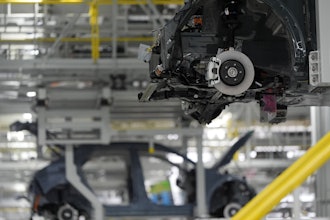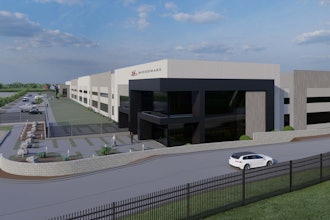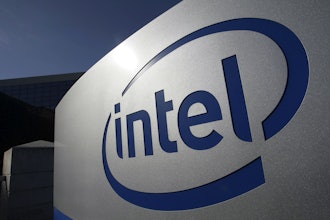November 9, 2009
Clorox isn’t waiting around for new chemical security legislation to take effect. And according to opensecrets.org, the company has not hired any lobbyists in 2009 to convince politicians that transporting and storing large amounts of chlorine is safe. Instead, Clorox has taken a preemptive strike, removing itself from exposure to regulations that could make the transport and storage of chlorine expensive and inefficient.
As reported earlier this week, Clorox will buy concentrated bleach to make its consumer products instead of making the bleach from chlorine. Bleach, or sodium hypochlorite, usually contains less than 15 percent chlorine, making it safer, cheaper and easier to handle. A report in the San Francisco Business Times claims that no jobs will be lost at any of Clorox’s seven U.S. facilities.
The move comes at a time when concerns over chemical safety are reaching fever pitch. Last week, President Obama signed legislation that stops chemical makers from designating information as security-sensitive in order to block safety probes. This bill was drafted largely as a response to an explosion at a Bayer CropScience facility in 2008 that killed two workers.
Also, the House Energy and Commerce Committee last week approved the Chemical Facility Anti-Terrorism Act of 2009 and the inherently safer technology (IST) measures contained in it. The bill will now be reviewed by the House before it goes to a vote.
Conversations about ISTs usually involve jobs and facilities moving overseas, increased costs or impossible chemical replacements. In a previous blog I also questioned the practicality of ISTs and the costs associated with them. But here we have Clorox implementing its own ISTs in a way that probably won’t cause a significant increase in the price of its product.
It’s a great example of a company moving with the times instead of resisting change due to a boardroom full of stubborn executives. It’s also proof that legislation and pressure from regulatory groups can create incentives for businesses to make decisions that alleviate public safety and environmental concerns.
What I do wonder is whether the problem is simply being shifted elsewhere — large amounts of chlorine still need to be produced and stored somewhere. Are we moving towards a centralized system in which a few dozen high-security facilities will produce and dilute raw materials for the entire industry? Will satellite facilities pop up around bulk chemical plants to remove the need for long-distance transportation?
How will the chemical processing ecosystem of the future affect you and your facility? E-mail me at [email protected].


















